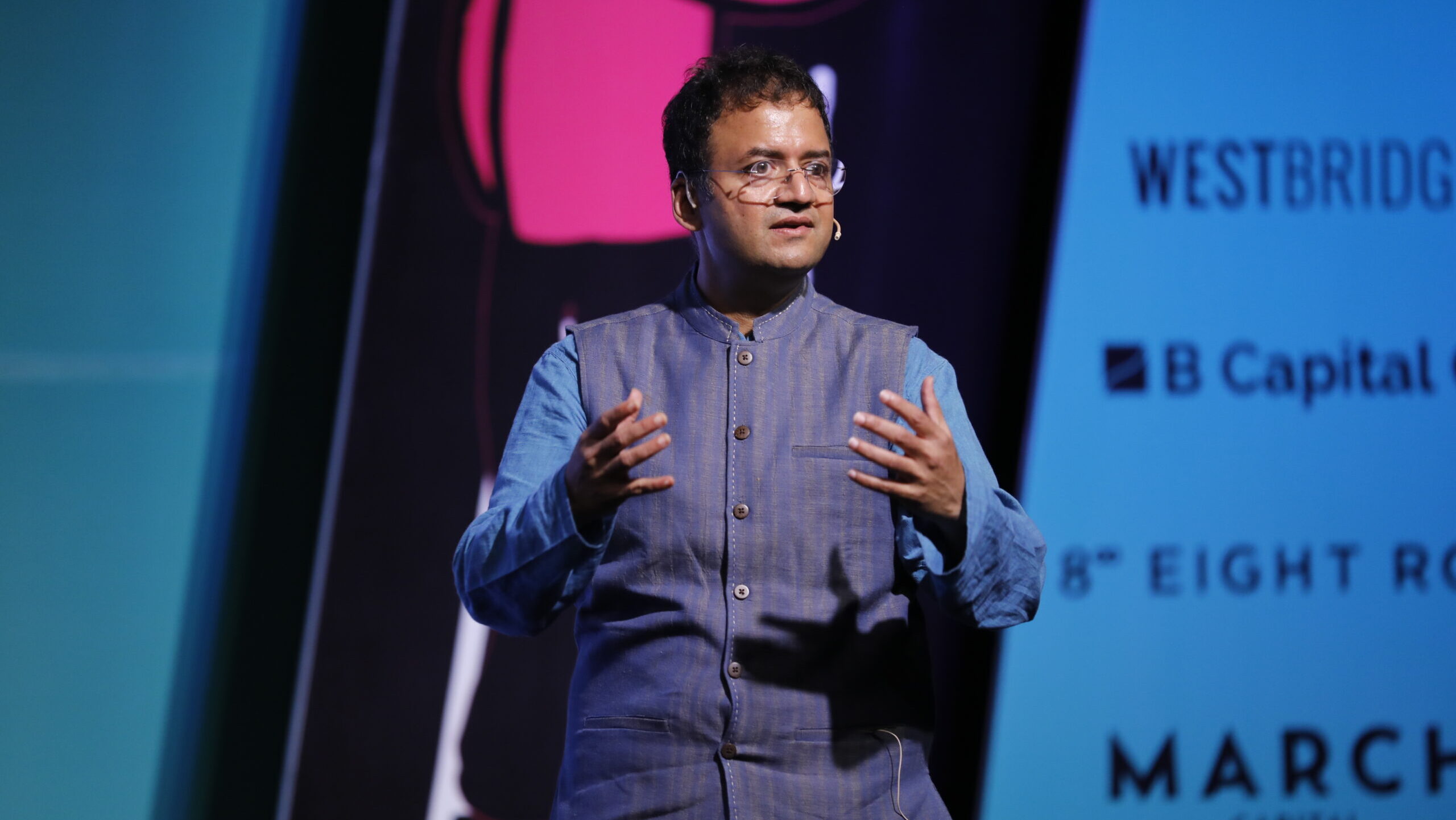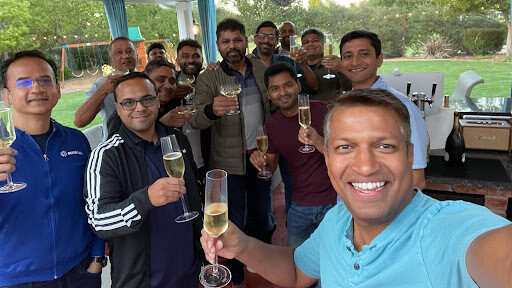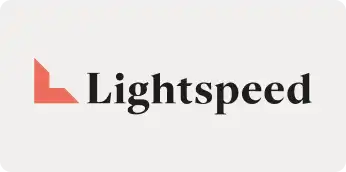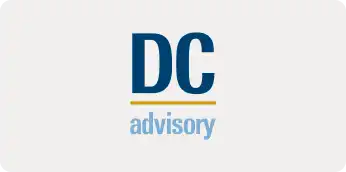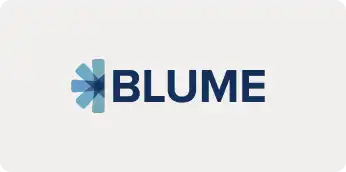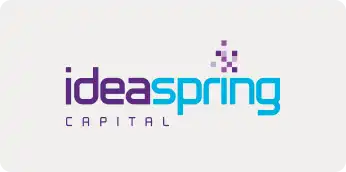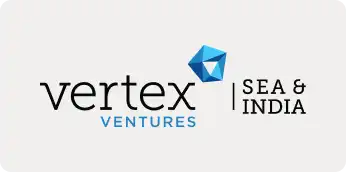What it truly means to be an entrepreneur in a highly complex world
As the rules of the world change, so do the rules of entrepreneurship. In his keynote address at SaaSBoomi Growth 2022, Dhiraj Rajaram, Founder and CEO of Mu Sigma, addresses the issue of what it truly means to be an entrepreneur in a highly complex world, in a rather poetic way.
Blended with the philosophies of the East, Dhiraj’s take on the new age of entrepreneurship indicates the paradigm shift that we’ve unknowingly adopted over the years. Come, join us on this quick and profound meditation around the philosophical side of entrepreneurship.
According to Dhiraj, there is a specific personality trait every successful entrepreneur in today’s world would identify with.
Always confident, often risk-takers
We’re not alien to the imposter syndrome that we often experience. And Dhiraj says that it’s an essential aspect of becoming an entrepreneur.
“In the tug-of-war between confidence and capability-building, one ought to behave in an over-confident, risk-taking manner before they’re able to build capability.”
This goes in cycles, where being unduly confident (risk-taking) precedes capability-building (risk mitigation) in each cycle. It’s in this alternation that we achieve the ‘flow’ of entrepreneurship.
This is essential because we live in a probabilistic, non-linear world of complexity. We do not know what outcomes we will yield from our inputs and at what scale. The only thing that keeps us moving is the underlying uncertainty. As entrepreneurs, we cannot stand still in the face of uncertainty.
Uncertainty is one big adventure every single time
Often when we’re faced with difficult problems, our immediate response is fear. The tug of survival called fear causes paralysis and leaves us in inaction.
And this is an everyday challenge for the entrepreneur in a complex world.
“To move from inaction to action, one must appreciate the complexity of the problem and discover their own ignorance. To know what it is that we don’t know can be powerful because we can then set ourselves to collecting that new knowledge.”
In the words of poet-philosopher Rumi, “Fear is non-acceptance of Uncertainty. If you accept that Uncertainty, it becomes an adventure.” Dhiraj rightly points out that fear and confusion will always occur, just before that adventure begins. All it takes is accepting the uncertainty.
Indeed, uncertainty is the main characteristic of a complex world.
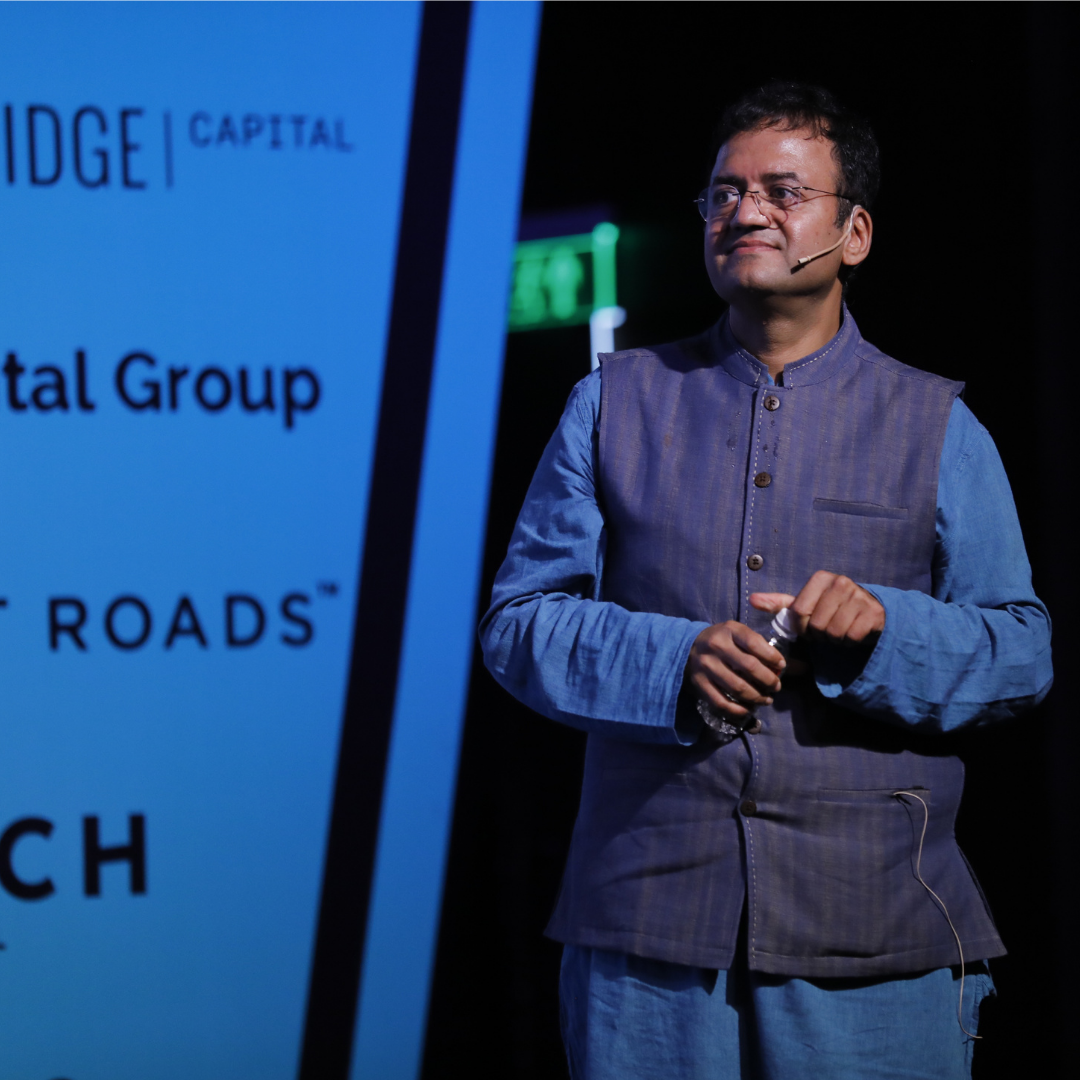
“We’re increasingly heading towards the space of not knowing what to do and not knowing how to do it. The problem that emerges from this space is what we solve as entrepreneurs.”
Explore more, execute or exploit less
Unlike in the industrial era, nobody is going to hand out a definitive playbook to run a business today. That’s why entrepreneurship involves so much uncertainty. In this era, we’ve got to explore, execute, and exploit simultaneously. Dhiraj says that there is a lot more to explore than to execute and exploit.
What does that entail? We first discover what it is that we don’t know, then assess whether it can be done, take a risk, and do it while building our capability in it.
Sounds risky, doesn’t it? Therein lies the job of the entrepreneur – to take that risk. However, as Dhiraj rightly points out, many entrepreneurs take the risk and then get cold feet. Their strategy to mitigate their risk is to take money, usually from VCs. A word of advice from Dhiraj here,
“Instead of taking money to mitigate risk, raise capital to take more risk.”
This brings us to the question,
What is money to an entrepreneur?
Is it only the thermostat that controls the heat of risk? Not quite.
“Technically speaking, money is value that was created in the past by accomplishing work. VCs are agents of money, and they invest in ideas, which are nothing but value created in the future by talent (employees).”
Entrepreneurship is simply an exchange of value between money and talent. Money dares one to a higher purpose and the talent dreams then of a higher purpose.
Only entrepreneurship does the DOING. It takes the dreaming and the daring to DO. That’s the verb that deals with the investor’s money.
So what does ‘Doing’ look like? In Dhiraj’s words, it is-
The Dance of Entrepreneurship
Dhiraj closes his keynote address with the metaphor of Indian mysticism.
Let’s consider the trinity of Vishnu, Brahma, and Shiva.
Vishnu is the preserver of the value of the past, Brahma is the creator of the future, and Shiva dances in the present.
“To translate this to modern business lingo – VCs preserve the value of the past, that is money, Talent creates new futures, and Entrepreneurs take the risk of making both happen at once.”
The entrepreneur’s risk-taking is the Shiv-Taandav here, as Dhiraj poetically concludes his talk.
Entrepreneurship is not easy. In fact, it is painful.
“The past (VCs) and the future (talent) have the ability to go off on different tangents, but the present (entrepreneur) needs to stay where it is. This pain is something like lifting weights in the gym. It’s going to hurt like hell, but it is possible to fully enjoy the fruits in the future.”
In the Shiv-Taandav that is entrepreneurship, pain is compulsory. But misery is not.


